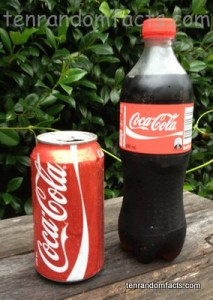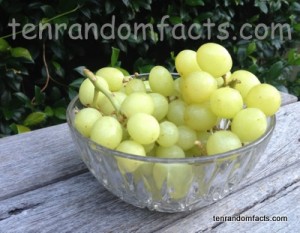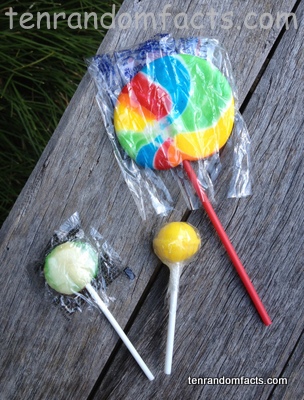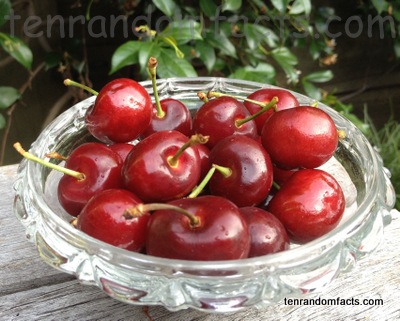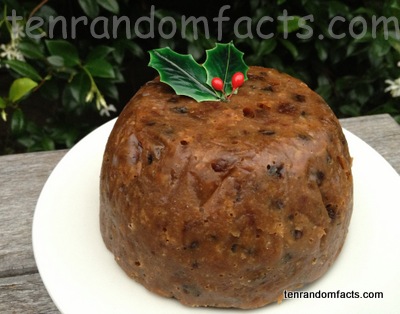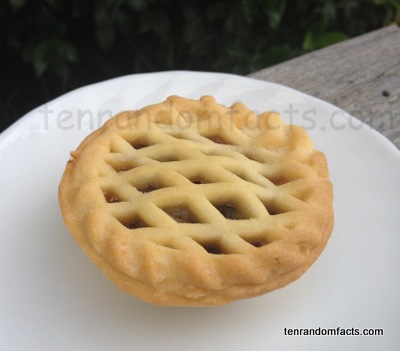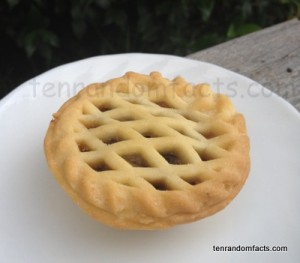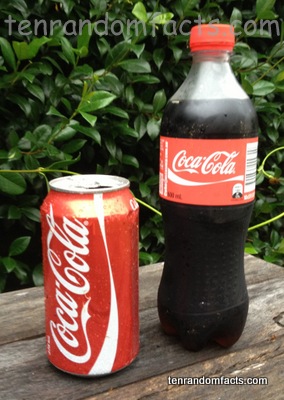
One of the most popular drinks in the world: Coca-Cola.
- Coca-Cola is a carbonated soft drink that is also known as Coke.
- Coca-Cola is sold as a concentrate to licensed Coca-Cola bottlers, and then distributed throughout more than 200 countries and sold in shops, restaurants and vending machines.
- The Coca-Cola Company has produced many flavours Coca-Cola, including cherry, vanilla, lemon and the traditional cola. Some flavours are exclusive to some countries.
- Coca-Cola was invented by John Pemberton in 1886, as a non-alcoholic version of Pemberton’s French Wine Coca, a coca wine, and was made at the Eagle Drug and Chemical Company.
- In 1894, the first outdoor Coca-Cola advertisement was painted on a wall in Cartersville, Georgia.
- In 1985, the Coca-Cola Company attempted to change it’s recipe, but it was rejected by the public.
- Coca-Cola was named ‘Coca-Cola’ due to the fact the original main ingredients were cocaine, which came from the cocoa leaf, and caffeine which came from the kola nut.
- The famous Coca-Cola logo with its characteristic script was designed by Frank Robinson, the bookkeeper of John Pemberton.
- Coca-Cola was originally made as a medicine, and Pemberton claimed it cured a number of illnesses.
- Coca-Cola was the first, and still is, commercial sponsor of the Olympic Games since 1928.



